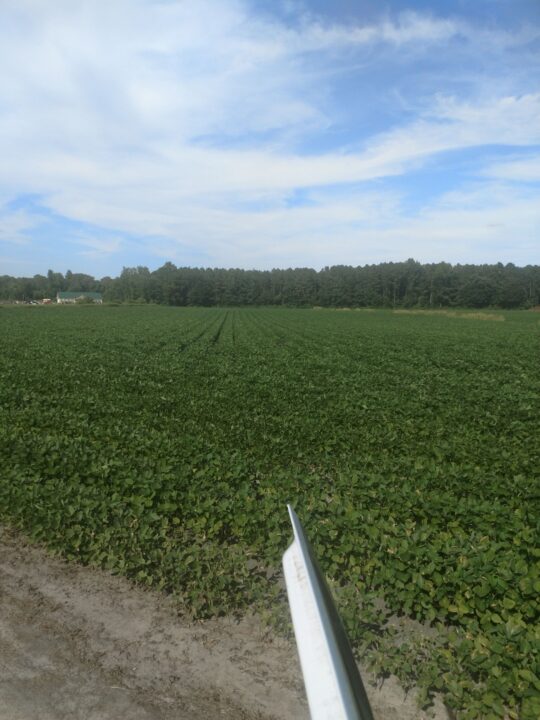Tips To Battle Walnut Blight
Depending upon weather conditions, pathogen population, and walnut variety, walnut blight caused by the bacterium Xanthomonas juglandis can cause significant crop loss. We have measured more than 50% crop damage on the walnut industry’s flagship variety, Chandler, when overwintering bud populations were high and spring rainfall favored disease. Conversely, we have measured little to no disease on Chandler walnuts with low bud population levels, even when wet spring weather favored disease.
Over the years we have measured a relationship between initial inoculum in dormant buds and subsequent disease severity and have successfully used that relationship to predict disease. In the 2010 walnut blight experiments in Tehama County, spring weather and rainfall simulation using above-tree sprinklers again failed to trigger walnut blight disease on Chandler due to initial low pathogen populations. Also in the 2010 experiments, we sprayed seven trees with a suspension of walnut blight bacteria and caused 61.4% walnut blight damage compared to 2.6% on unsprayed trees with a very low initial bud pathogen population. This provided another indication that the amount of pathogen in buds early in the season can influence walnut blight disease at least on late leafing varieties.
Three things are necessary for a disease to occur: pathogen, host, and favorable weather. Plant pathologists refer to this as the disease triangle. If we can reduce or eliminate any leg of the triangle we can greatly favor reduced disease. We have some control over the host (late-leafing varieties) and no control over the weather, but we can monitor the pathogen and use bud population levels to our advantage.
Two Blight Types
Walnut blight epidemics can proceed in either a monocyclic or polycyclic manner. In a monocyclic disease, infections that happened during the spring do not lead to inoculum that can spread and cause secondary infections. Infrequent rainfall during the spring can be one reason why monocyclic progress of the disease can occur.
In contrast, if infections during the spring lead to productions of inoculum that can spread to and infect new tissue, the disease is polycyclic (analogous to compounded interest on money). Frequent spring rainfall would tend to favor such disease epidemics.
Why walnut blight bacteria are sometimes monocyclic and sometimes polycyclic is not always clear and both have been observed in our blight experiments, although monocyclic disease progress is most common.
As for Chandler walnuts, in our experiments we have measured very low pathogen populations and very little blight damage, suggesting a monocyclic growth pattern. Also in 2010 we measured 11 orchards (Chandler, Howard, or Hartley) for initial pathogen population and found seven with no detectable pathogen. Blight disease pressure is low in those orchards and that information can be used to make in-season spray decisions.
Late-leafing varieties with no history of damage and low pathogen population levels in buds are low risk compared to early leafing varieties with high pathogen counts in bud samples. Bud population sampling can also be used to measure if walnut blight populations are building or are adequately suppressed using spray applications.









